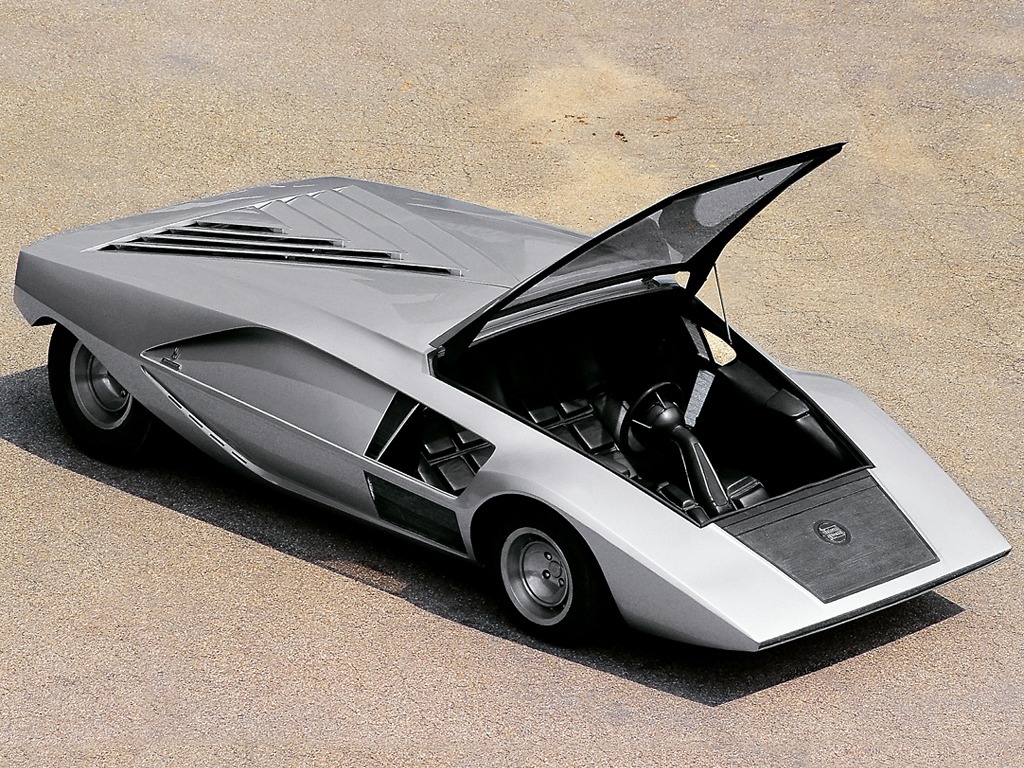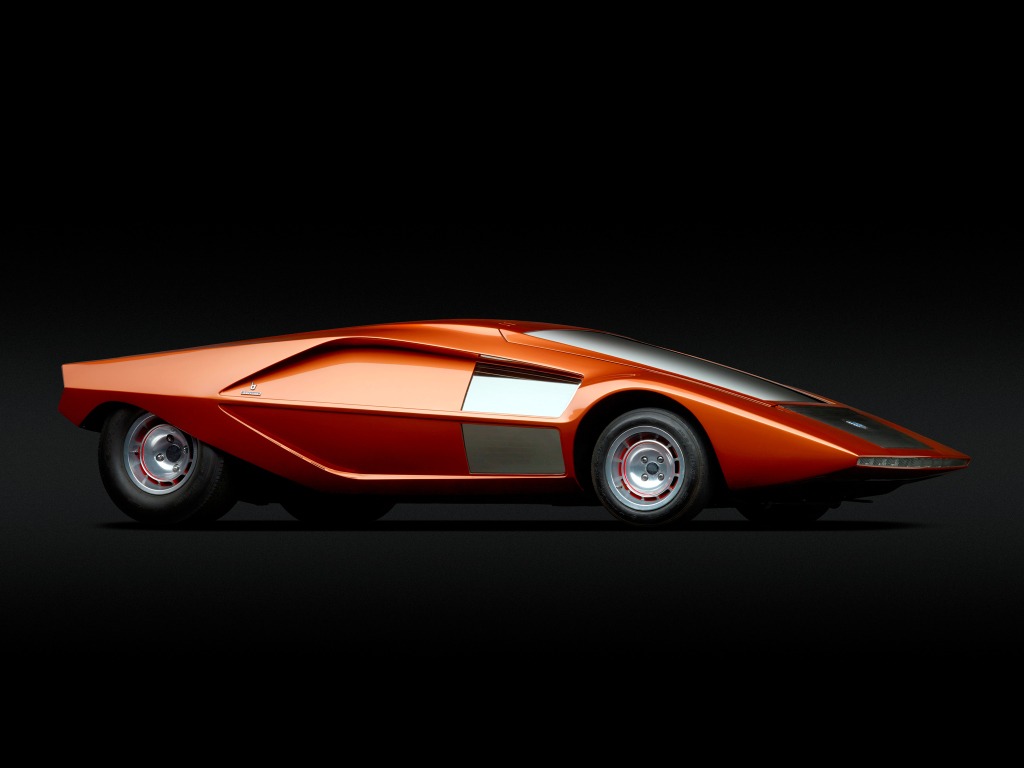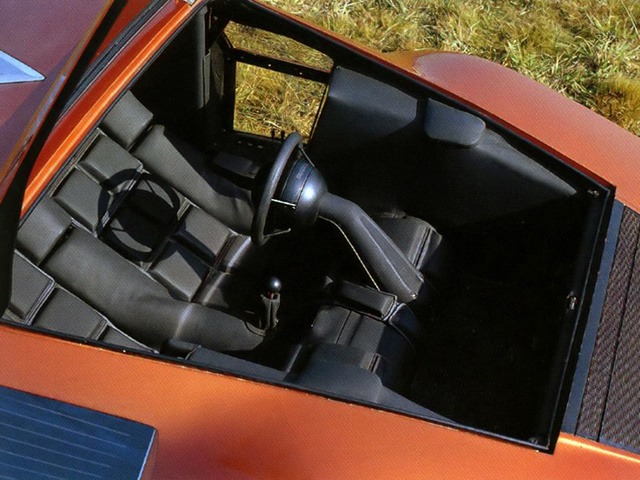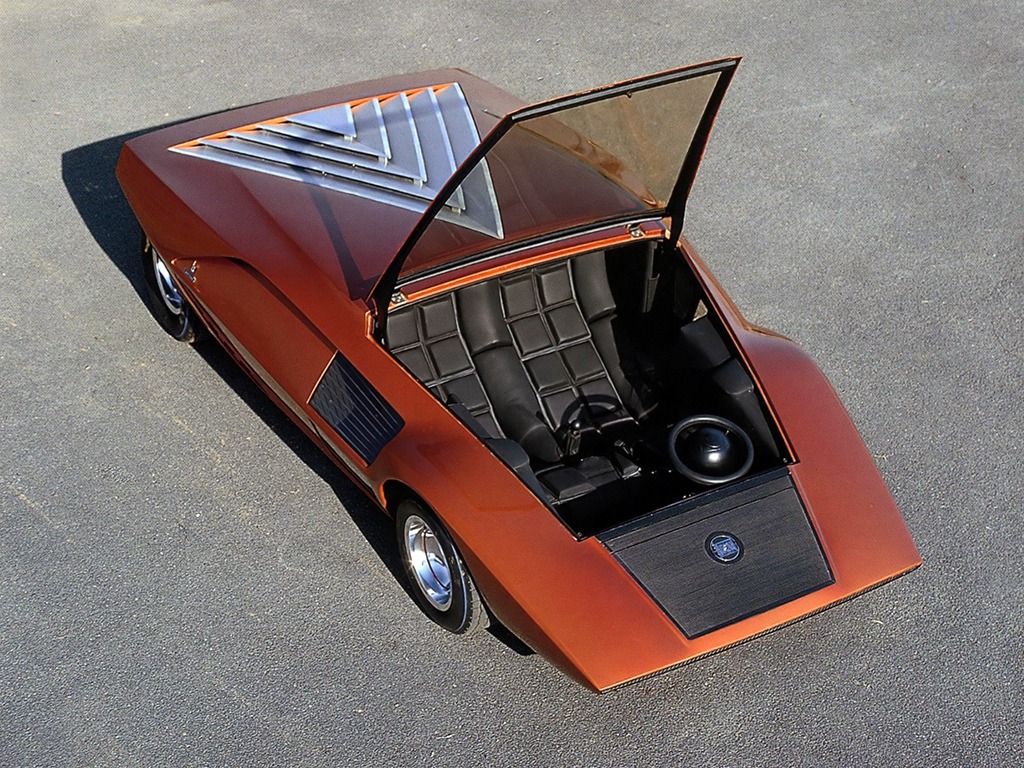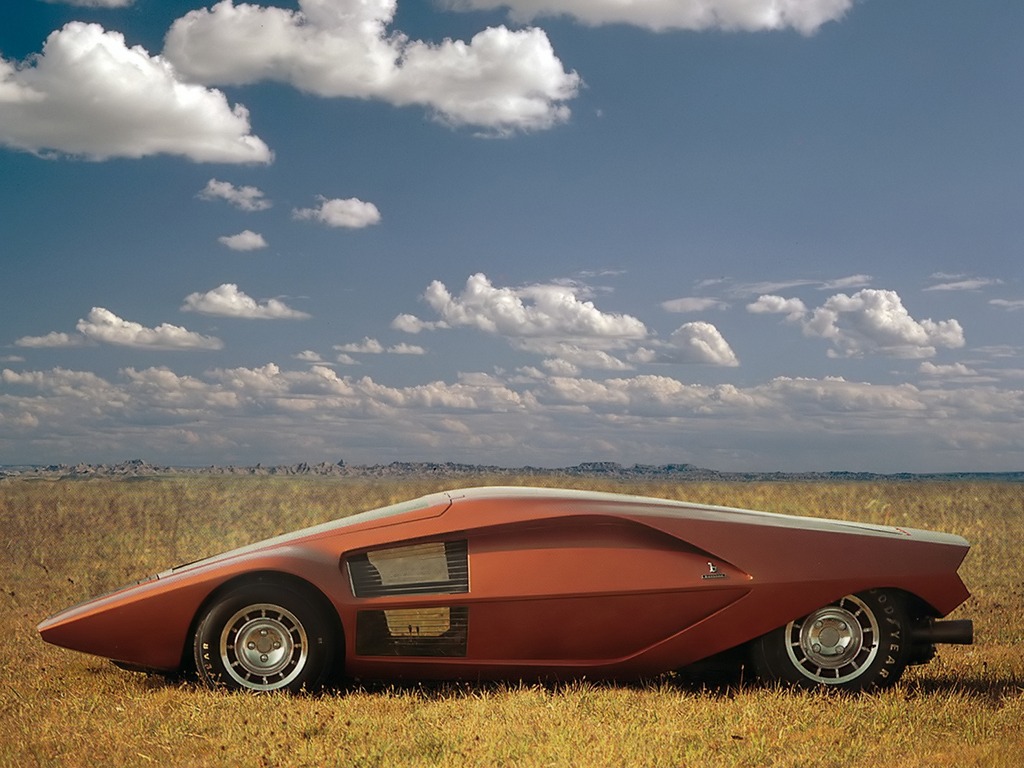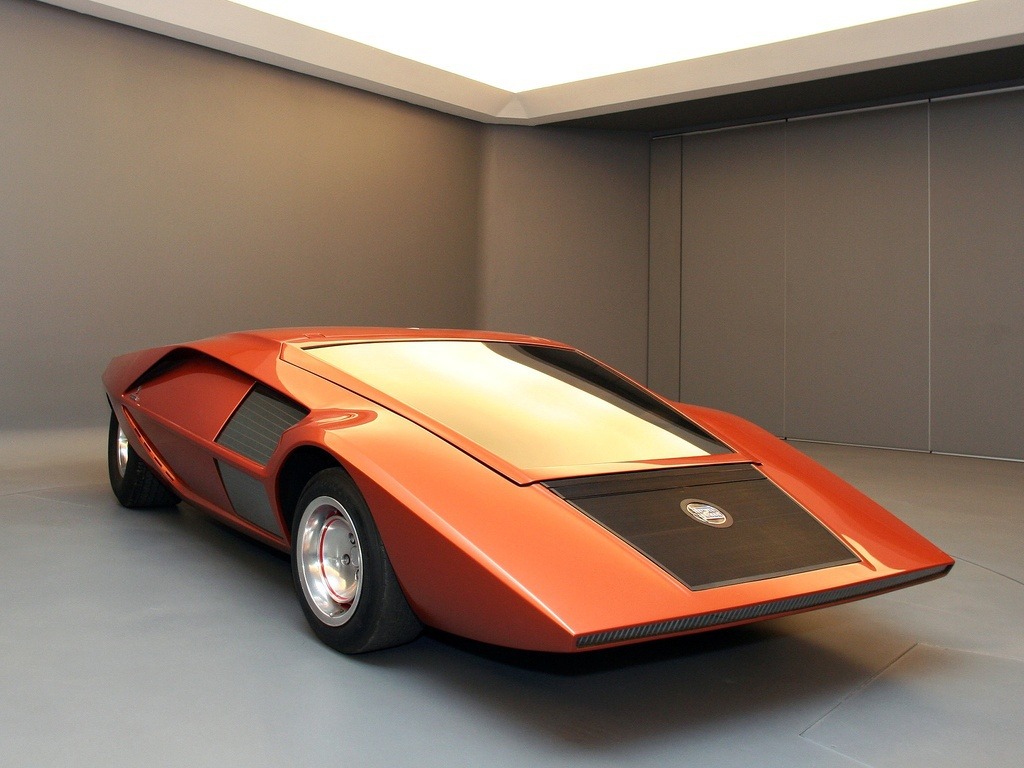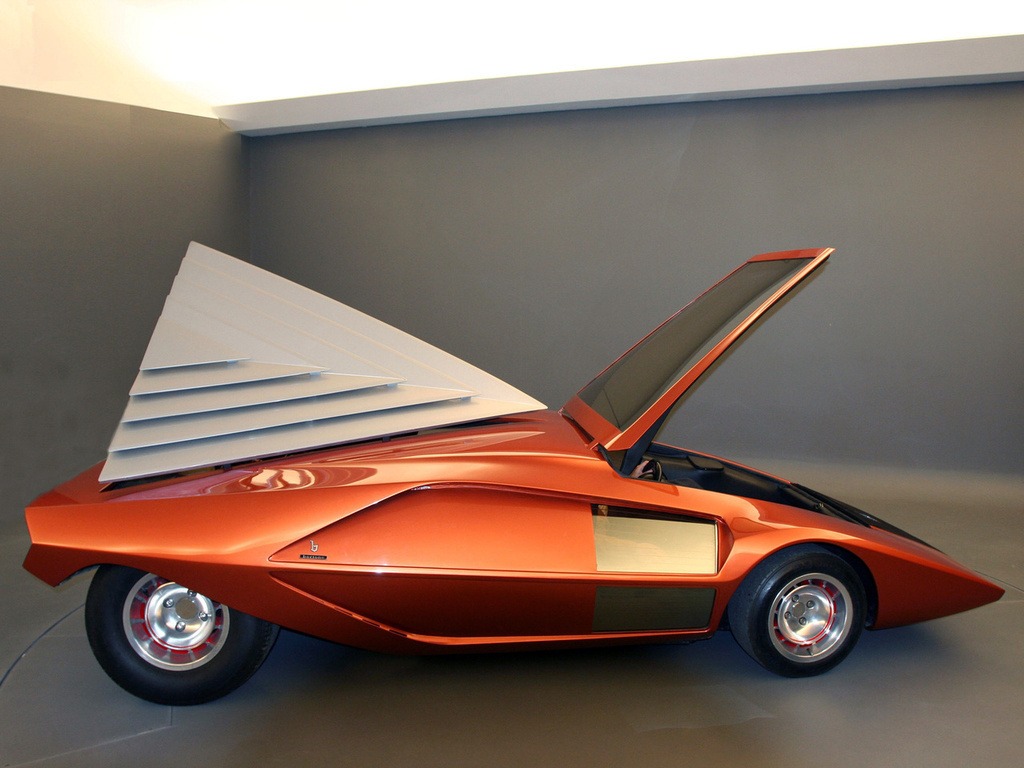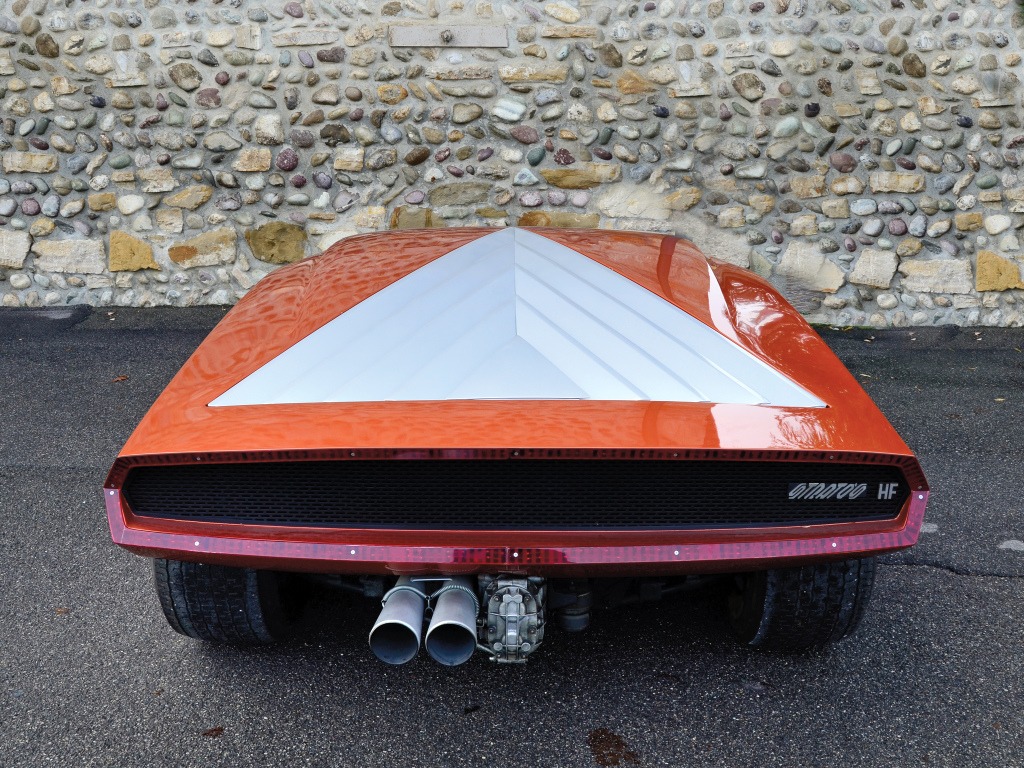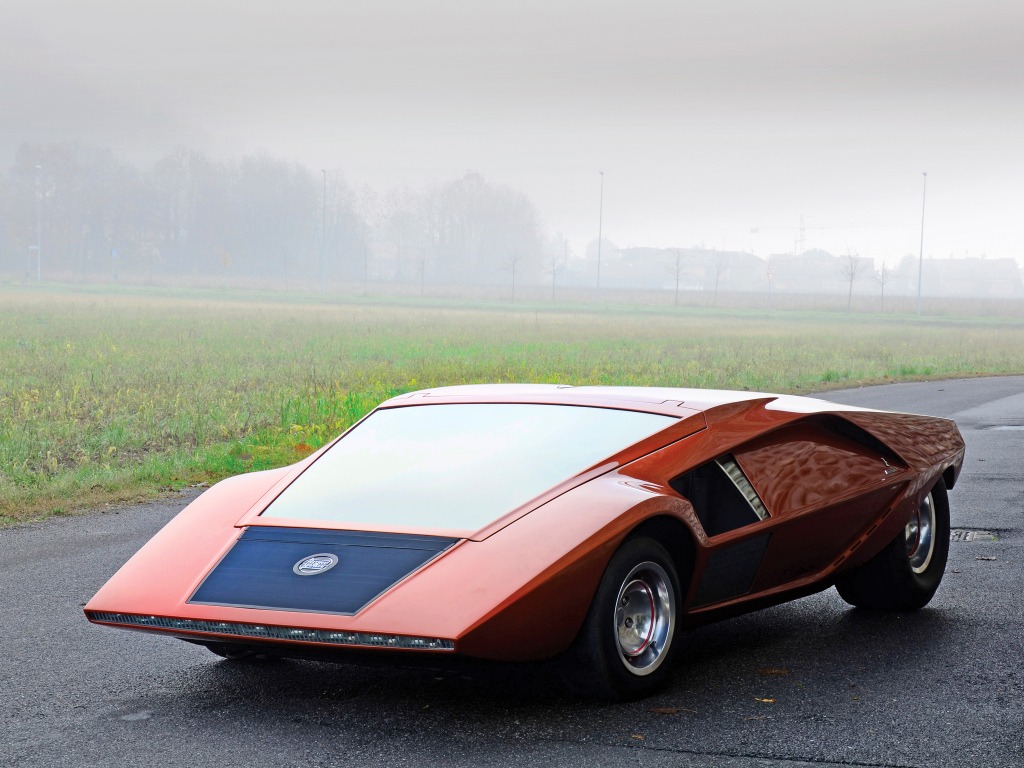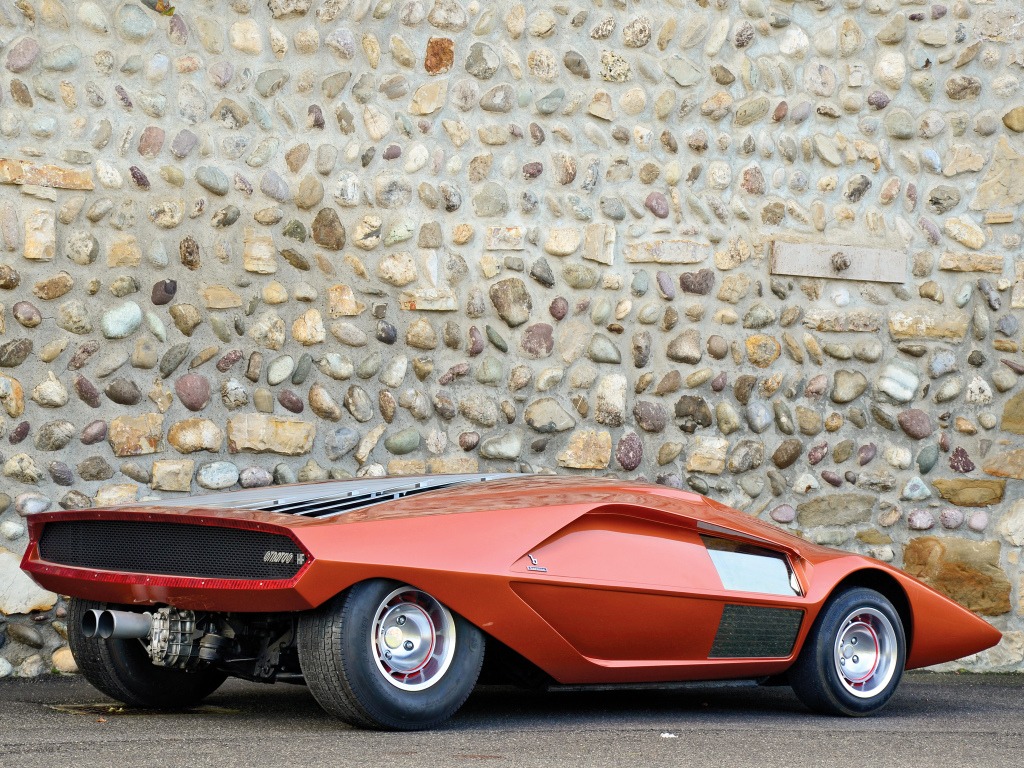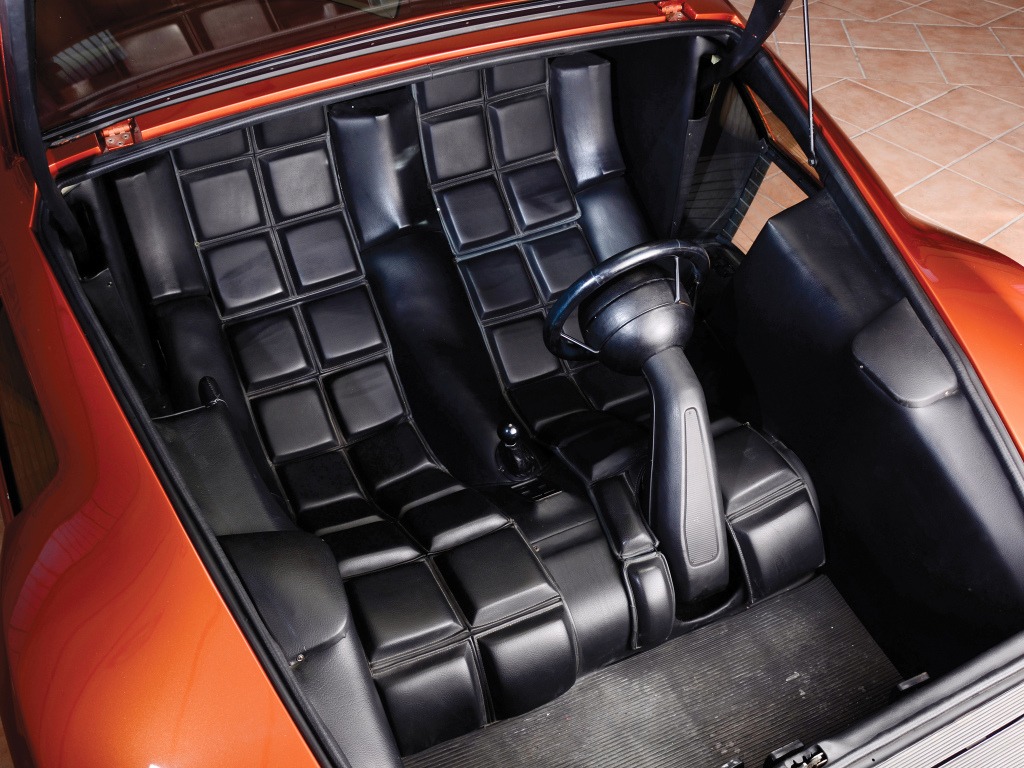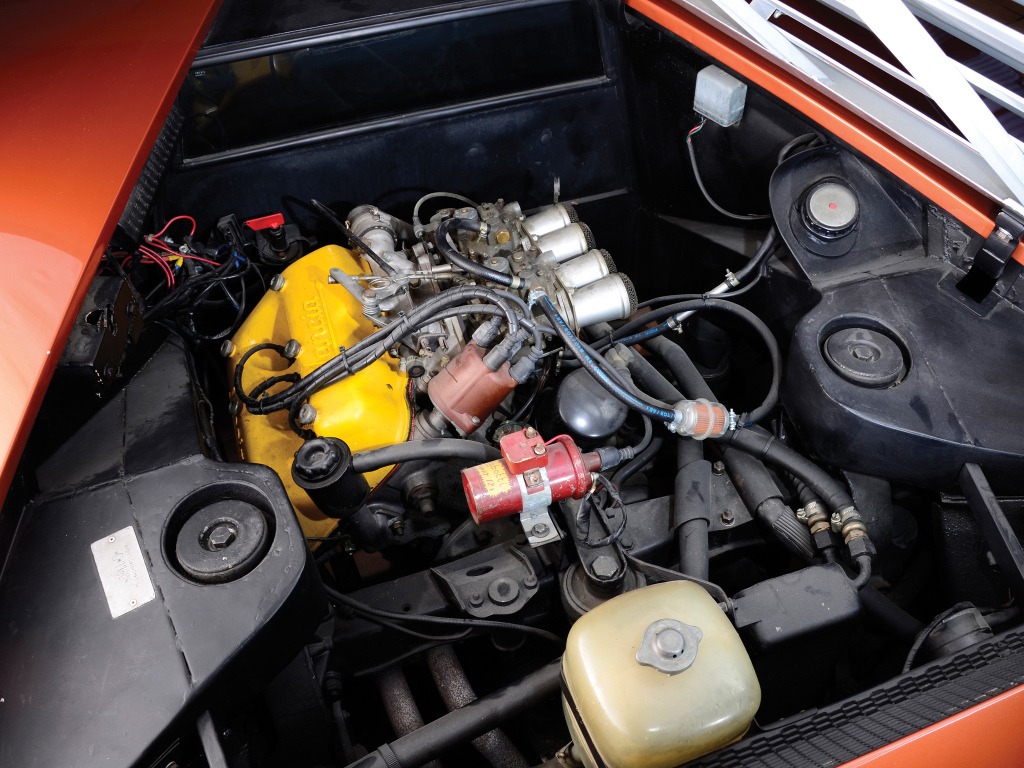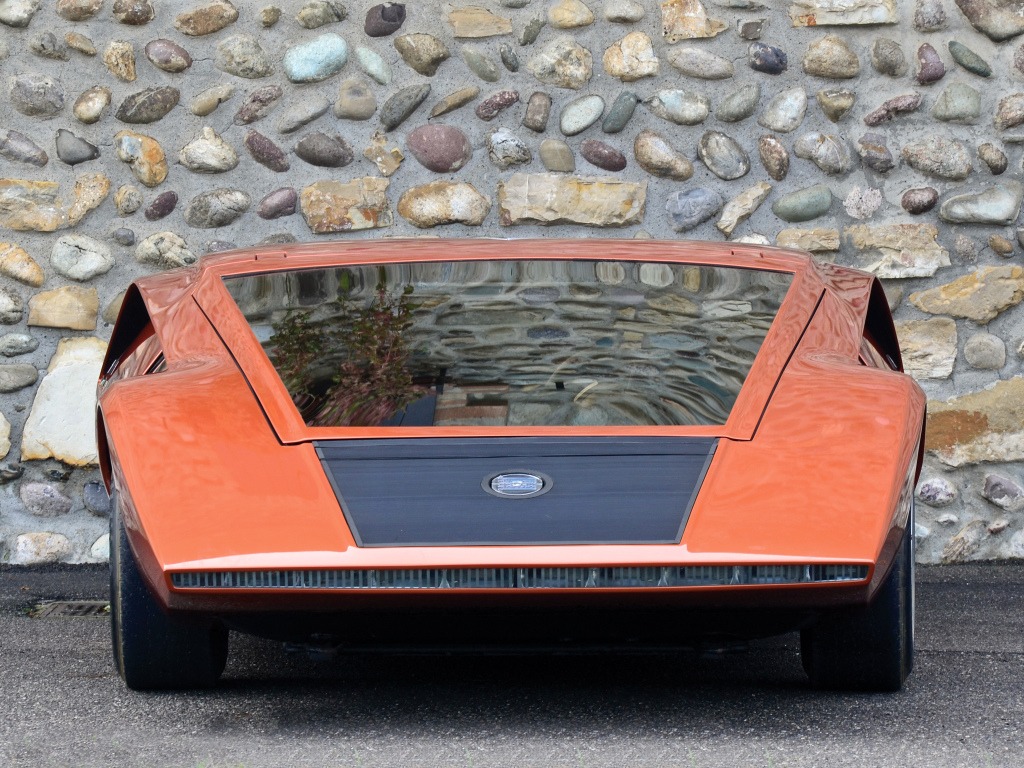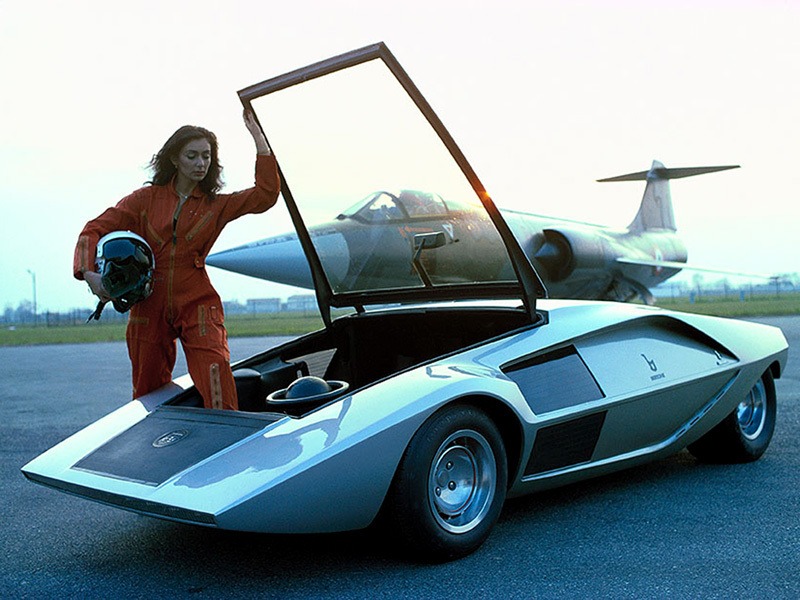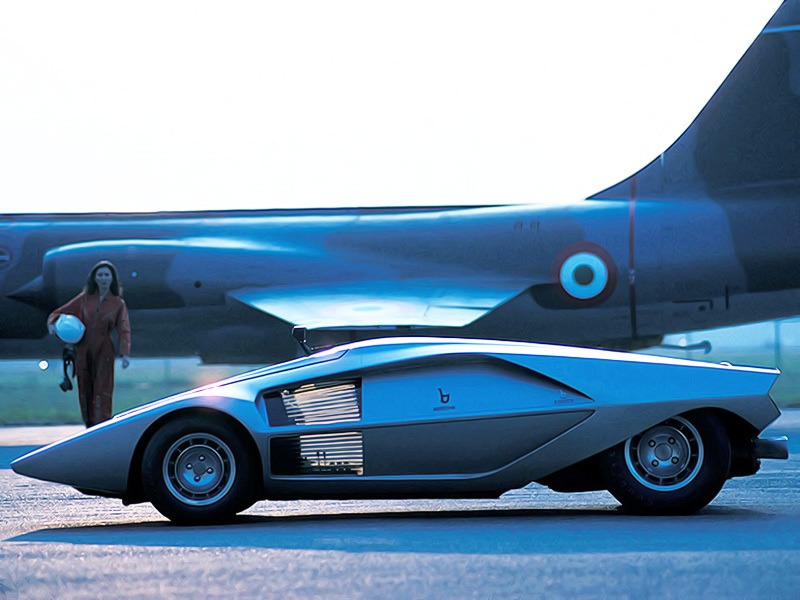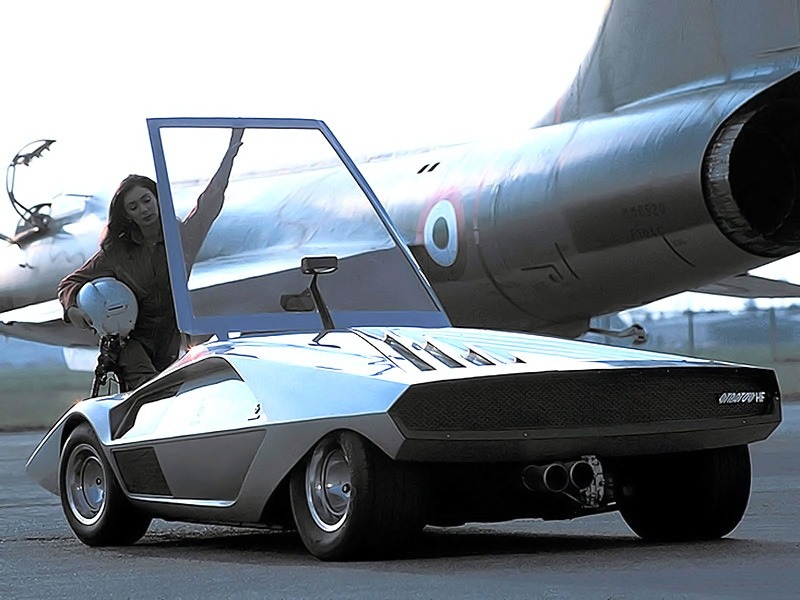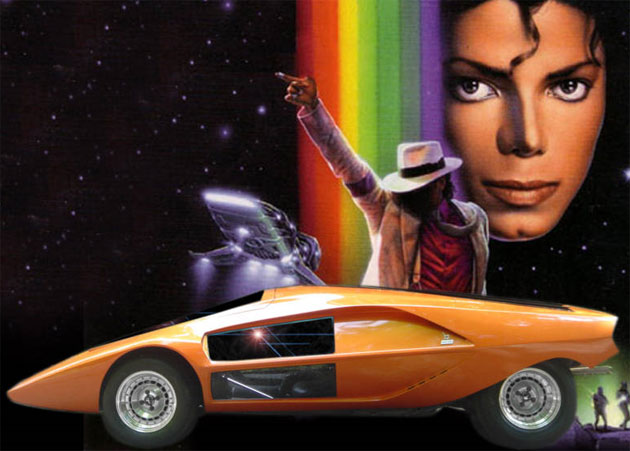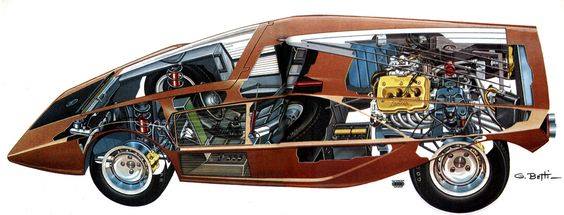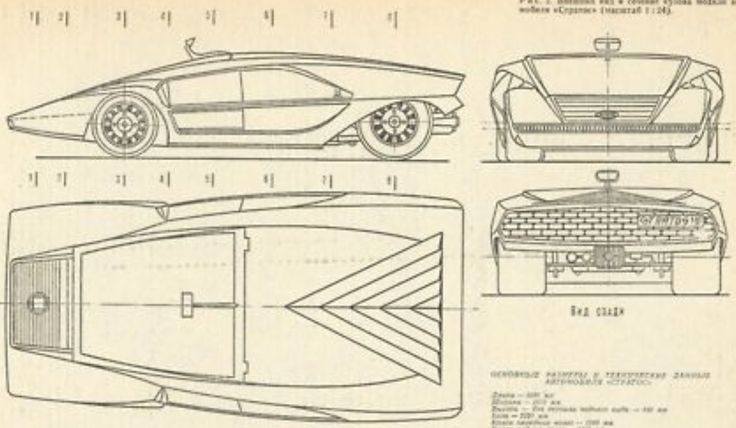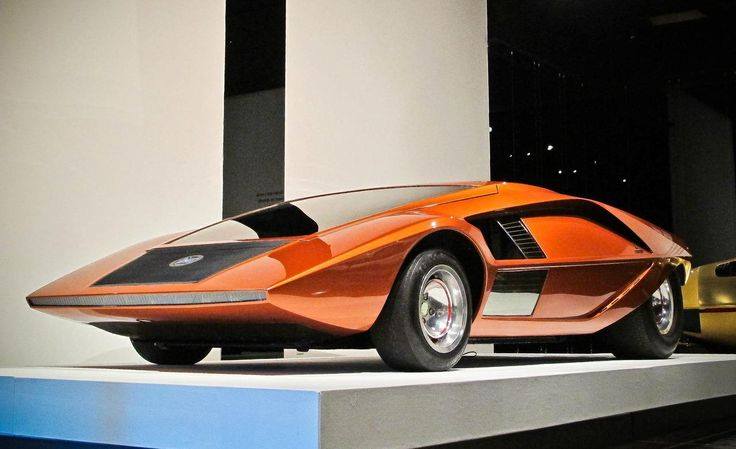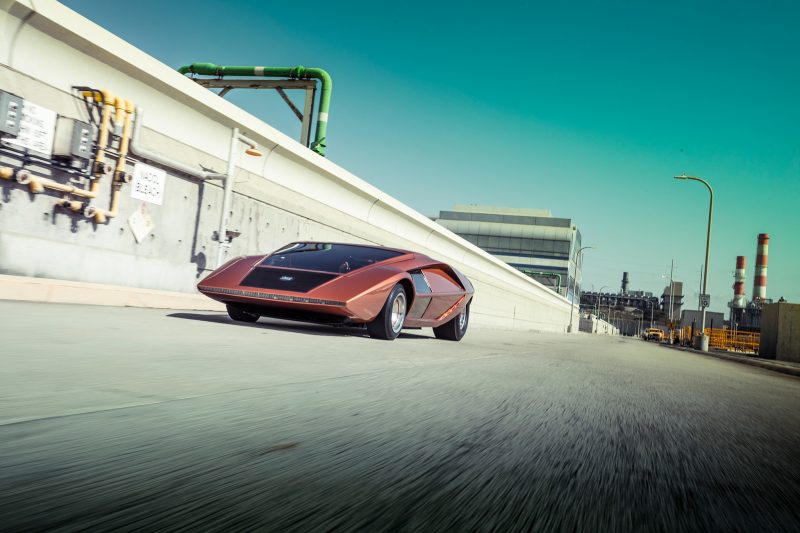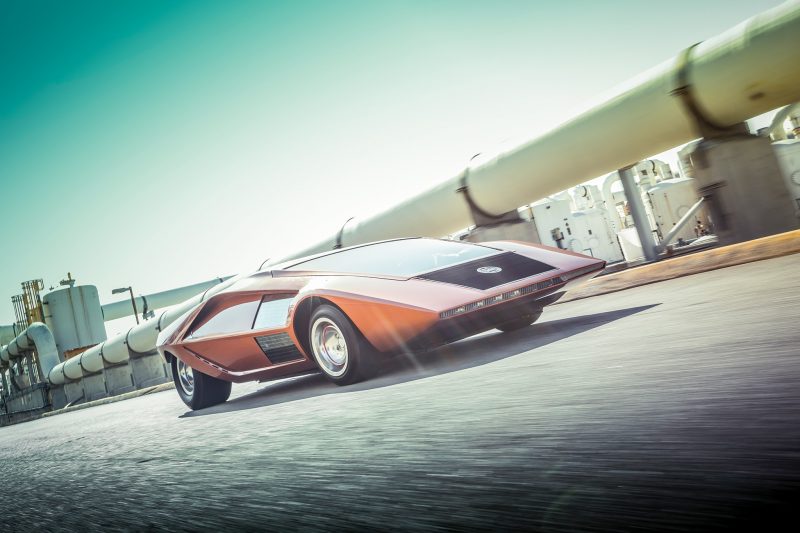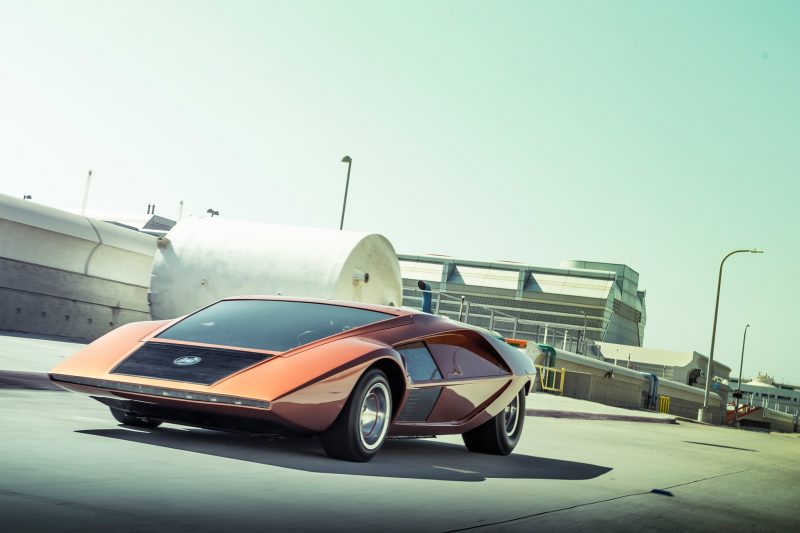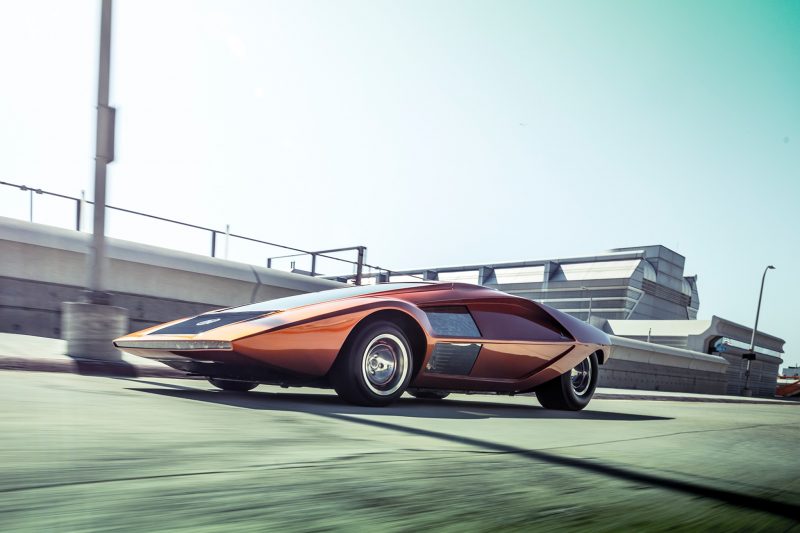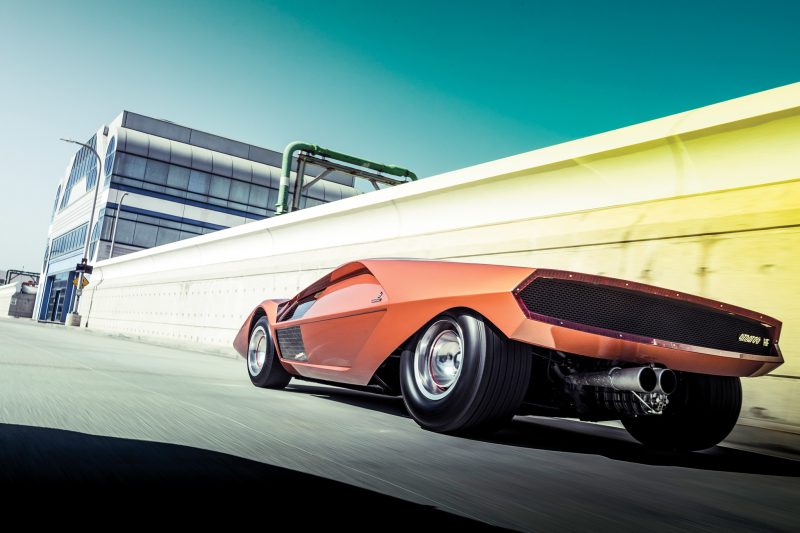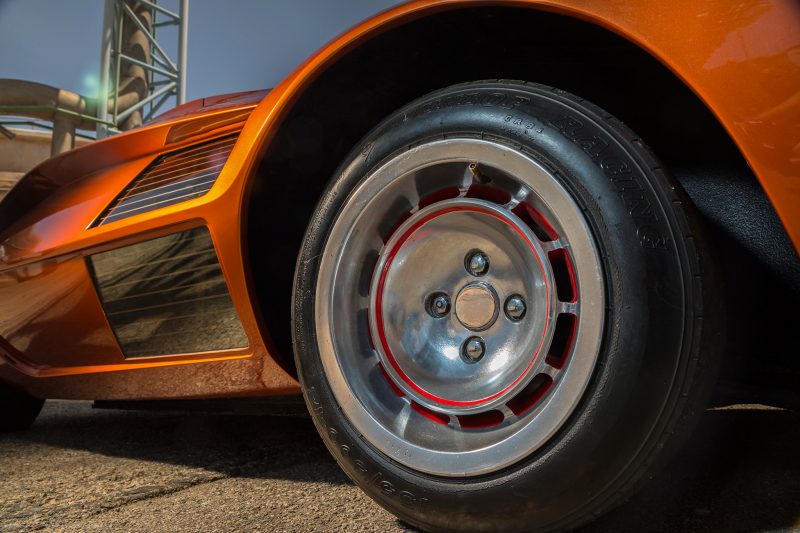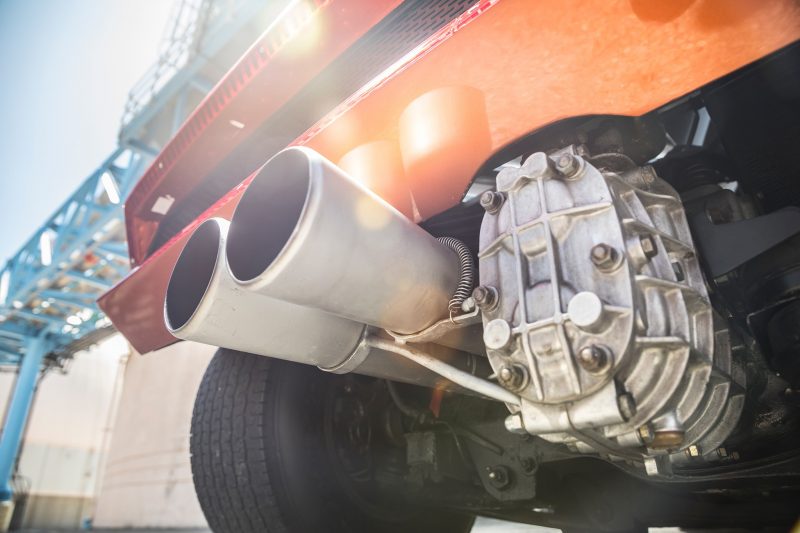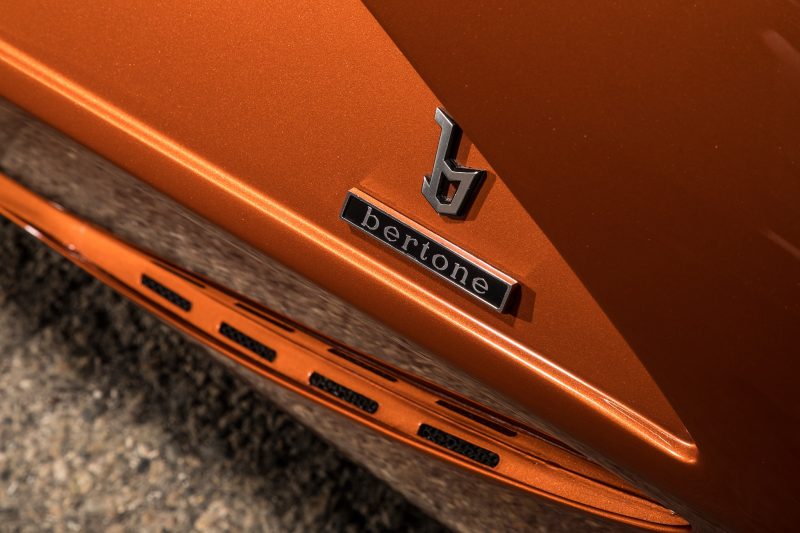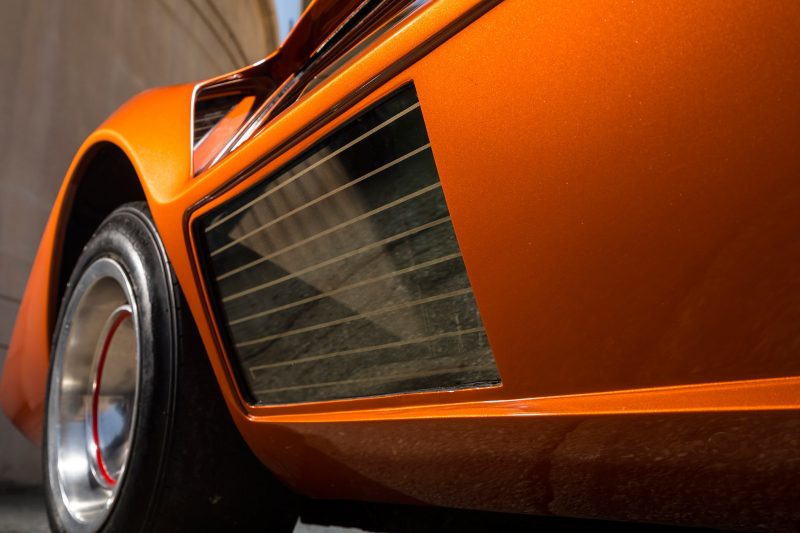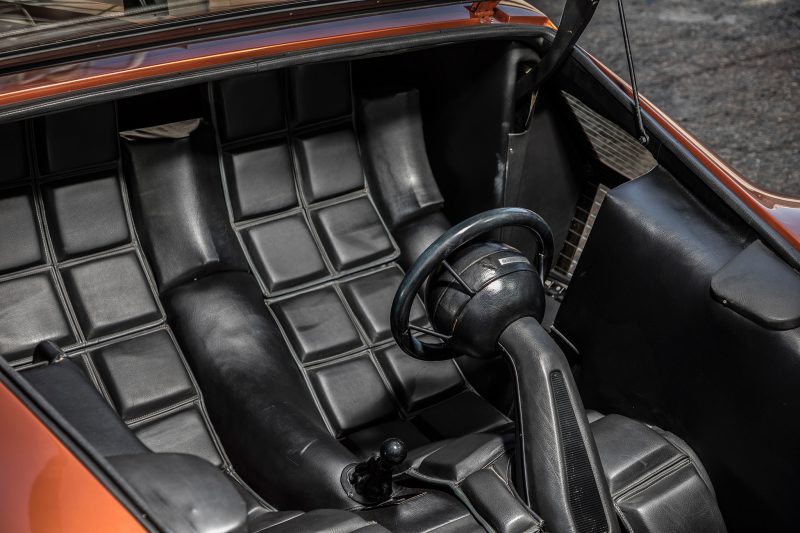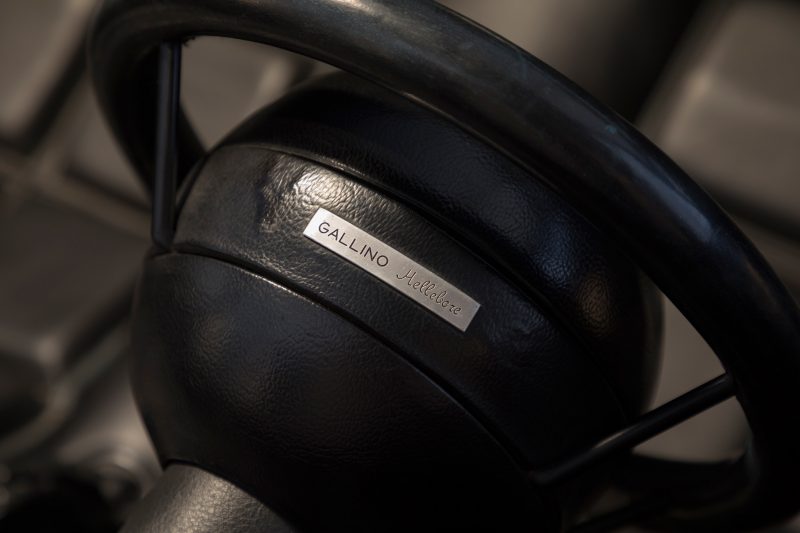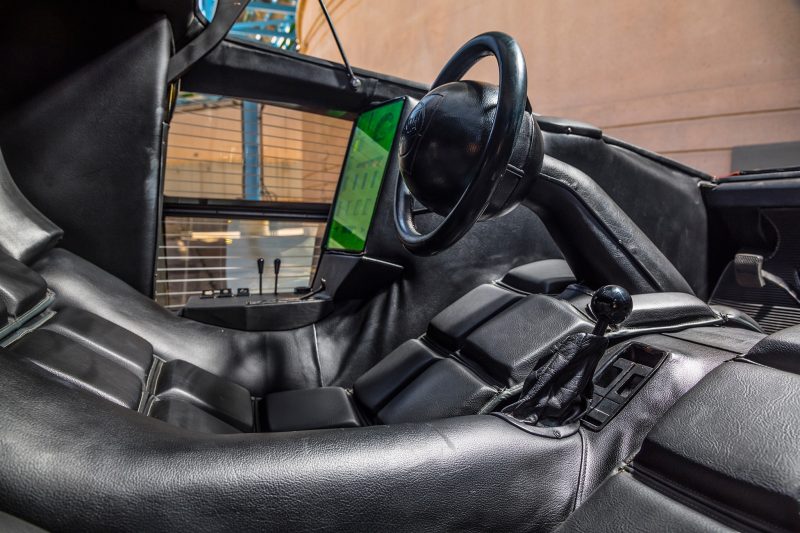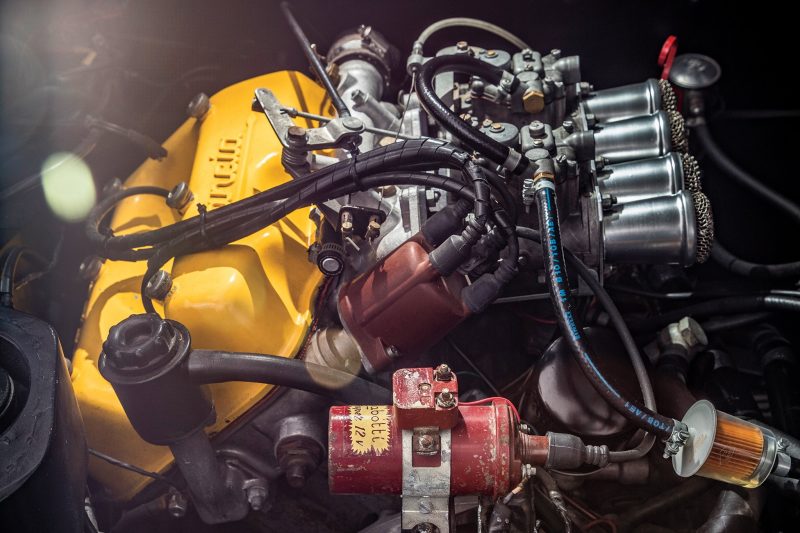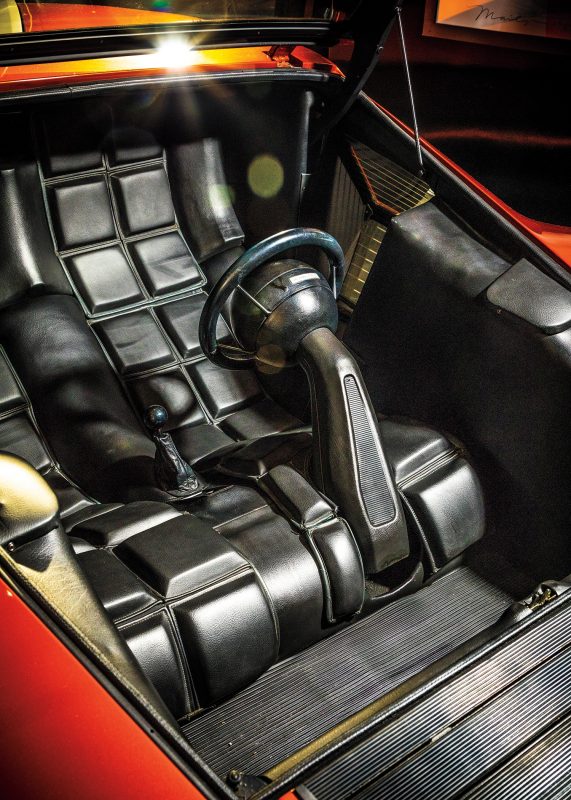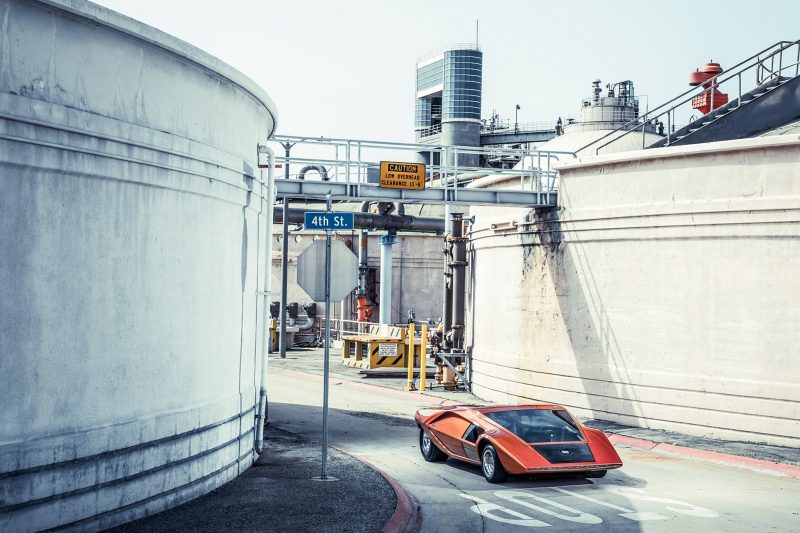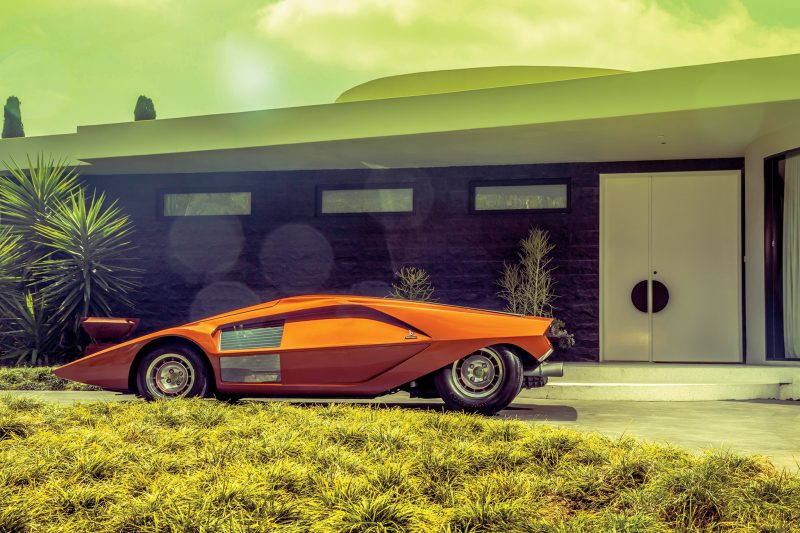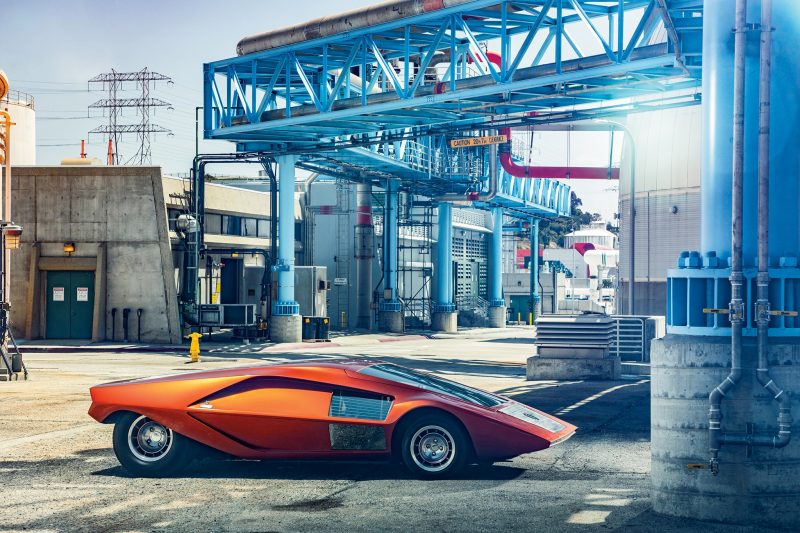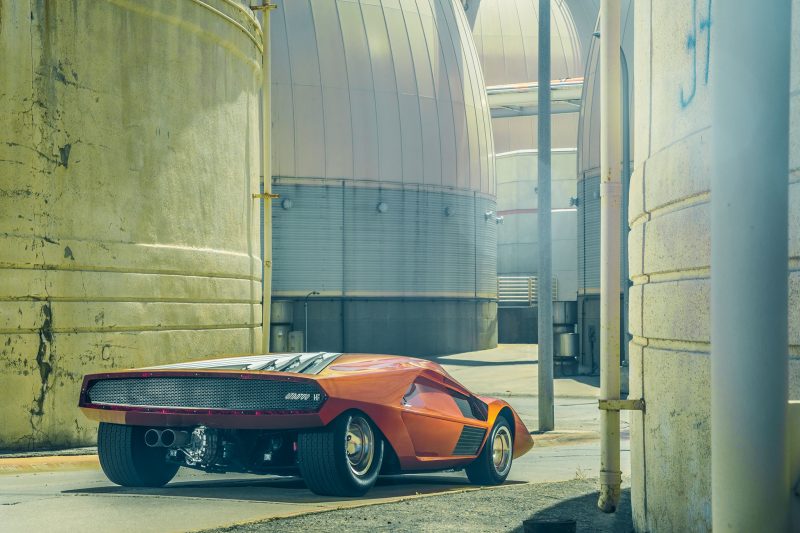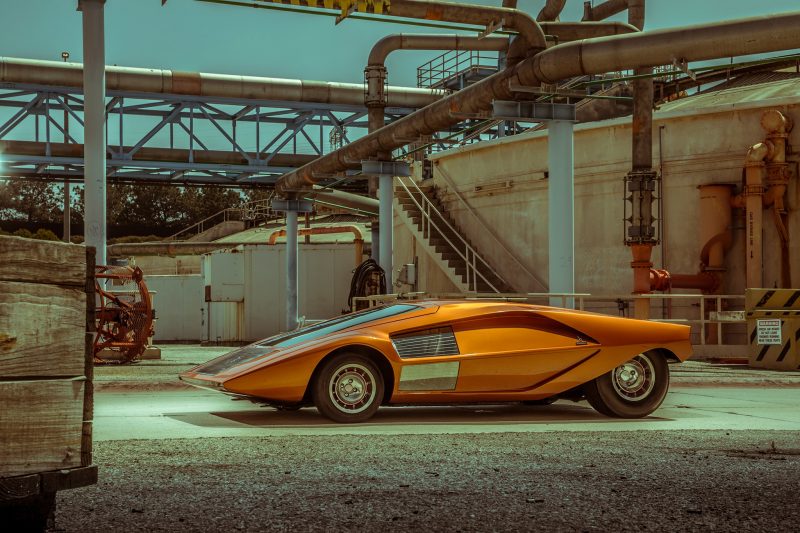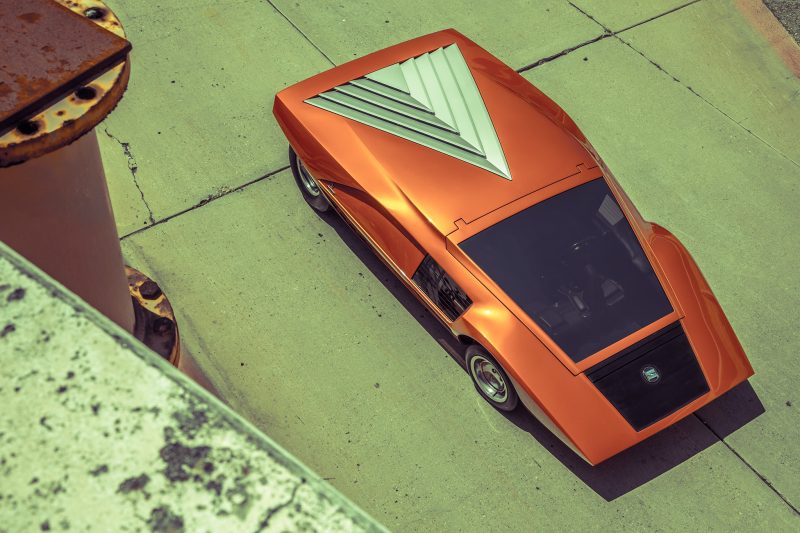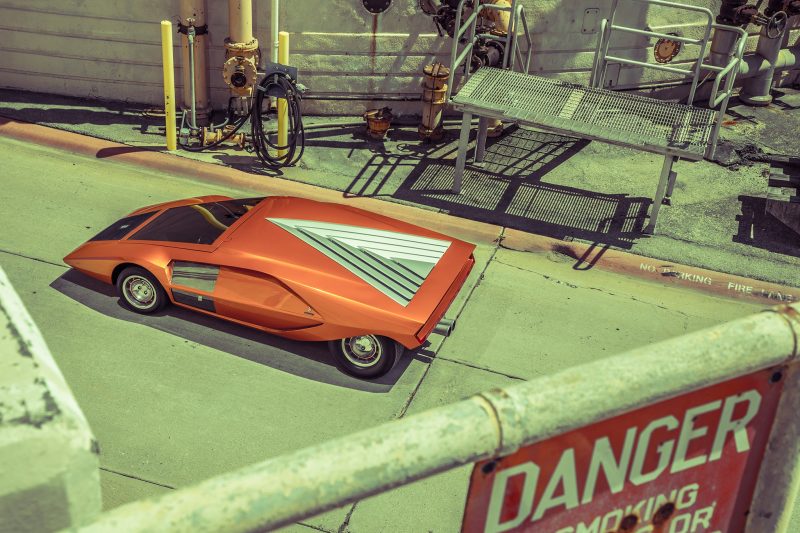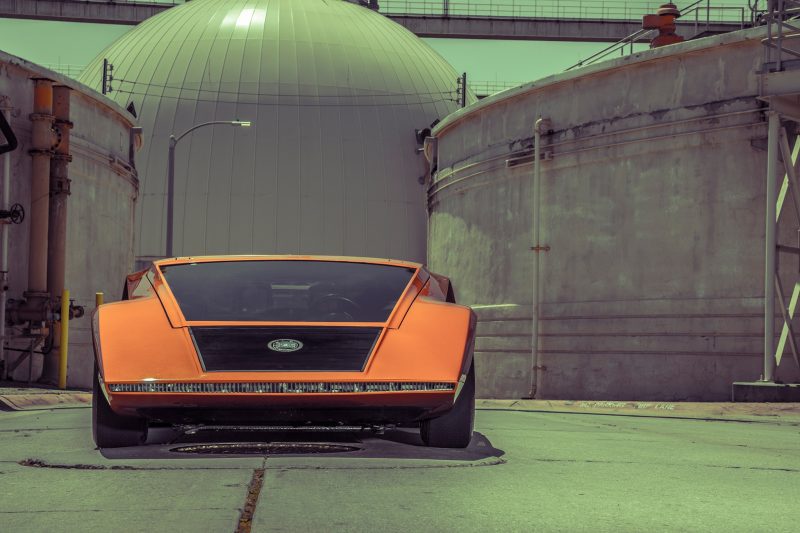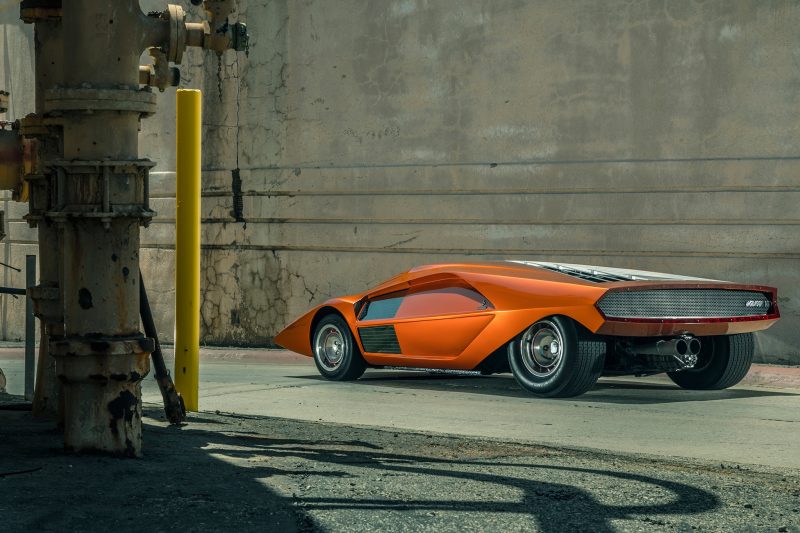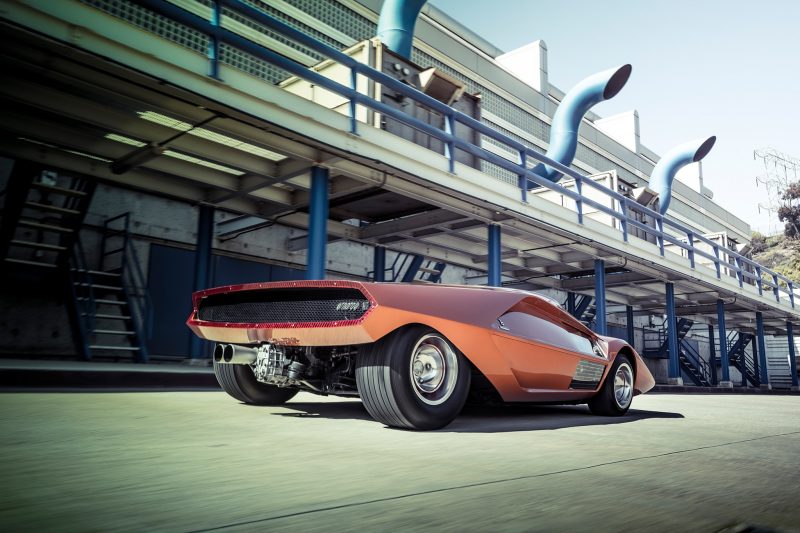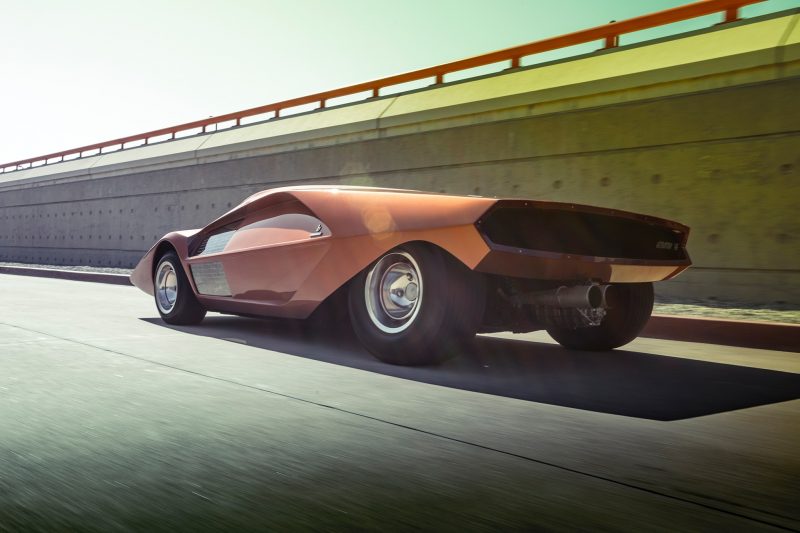The phenomenally successful Lancia Stratos has the distinction of being the only example of a car that was specifically designed for rallying. Usually manufacturers opted for extensively modified road models as their entrants.
The Stratos is also significant for having begun life as a Bertone styling exercise that was in a state of constant evolution between the years of 1968 and 1971.
In 1967 had introduced the exclusive 2 litre, mid-V8-engined Stradale coupe based on its sports-racing Type 33. The company soon made the chassis available to , Bertone and , and each displayed their own versions. The starting point for the Stratos was Bertone’s interpretation, titled , that proved to be the sensation of the 1968 Paris Motor Show.
Beetle Drive
Named after the carabus beetle, it was a daring wedge-shaped concept. The doors ingeniously opened upwards rather like a mollusc opening shell.
This car was the work of Bertone’s young stylist, Marcello Gandini, later responsible for the lines of the and even more sensational Countach, both of which had their engines amidships. Using the Carabo as his starting point, Gandini went on to produce an extraordinary wedge-shaped creation. The mid-engined configuration, with a Lancia Fulvia HF V4 unit mounted in-line, was once again adopted. Unusually there was a single front door that hinged at the roof.
Stratospheric Styling
On seeing this car in the making, a Bertone employee is reputed to have exclaimed that the vehicle looked as though it had come from the stratosphere, from which the Stratos name evolved.
It was displayed to great acclaim at the 1970 Turin Motor Show. Impractical as the concept was, Lancia’s competition manager, Cesare Florio, believed that it could evolve into a rally car. In March 1971, Bertone was given approval to proceed with the prestigious project.
At that year’s Turin Show, Bertone unveiled its Stratos HF, a more practical offering that the 1970 car. It retained the vitality of the original but now possessed two conventionally located doors. It also differed from the previous year’s concept in being powered by a transversely mounted 2.4 litre V6 engine from in-house Ferrari Dino 246.
Further body refinements followed before the definitive Stratos appeared in 1974. Bertone was awarded the body contract for a vehicle that used a robust steel substructure and glass-fibre body panels.
The stratos was soon sweeping all before it and Lancia won the World Rally Championship in 1975 and 1976. To obtain homologation the Stratos also had to be offered as a road car and just 492 examples of this stubby masterpiece were build.
Bertone kept the Stratos 0 for their private collection and sometimes lent it out for public display at shows. Recently it was shown at the 2006 Villa d’Este Concorso d’Eleganza and 2008 Dream Exhibition – Torino World Design Capital. In 2011, it will be offered for sale at the Concorso d’Eleganza Villa d’Este on 21 May by 2011 by RM Auctions.
The Zero appeared in Michael Jackson’s 1988 film, Moonwalker
Specifications
| Engine | Fulvia HF 13º V4 |
| Position | Mid, Longitindal |
| Aspiration | Natural |
| Fuel feed | 2 Solex C42 DDHF Carburetors |
| Displacement | 1584 cc / 96.66 in³ |
| Bore | 82 mm / 3.2 in |
| Stroke | 75 mm / 3.0 in |
| Power | 85.8 kw / 115 bhp |
| Specific output | 72.6 bhp per litre |
| Wheelbase | 2220 mm / 87.4 in |
| Length | 3580 mm / 140.9 in |
| Width | 1840 mm / 72.4 in |
| Height | 840 mm / 33.1 in |
| Transmission | 5-Speed Manual |
| Fuel capacity | 45 litres or 11.88 gal. |
Wood, Jonathan (1997) Concept Cars, Paragon, ISBN 0-75252-084-9.
Supercars


